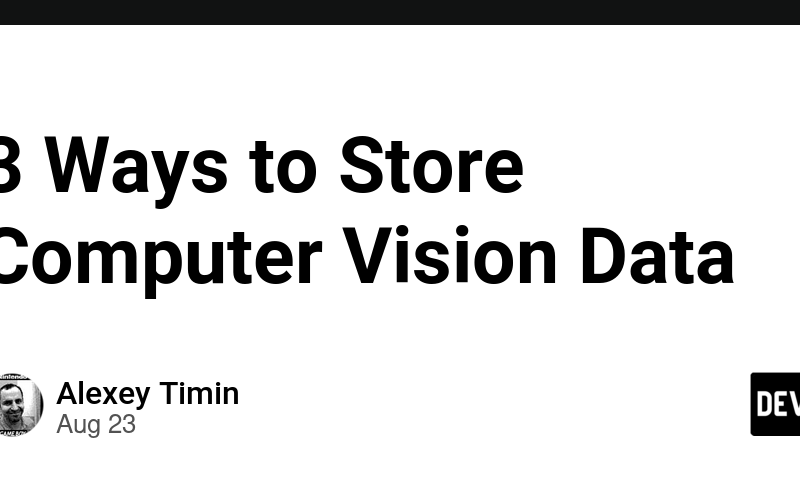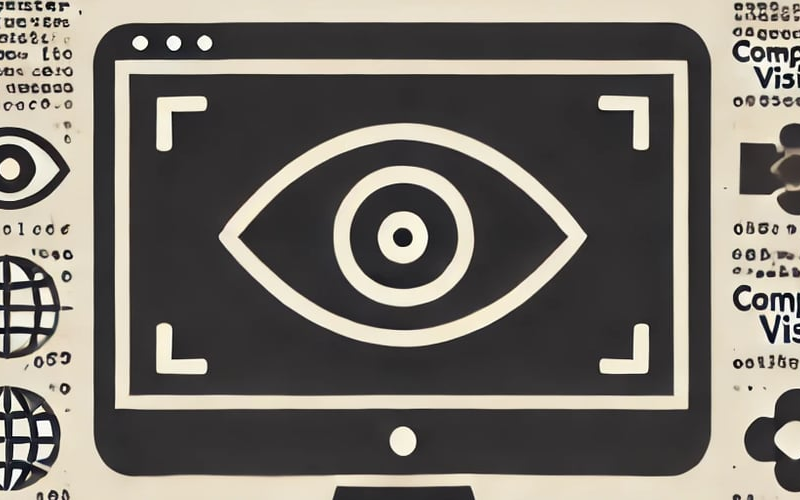23
Aug
When it comes to computer vision, data storage is a critical component. You need to be able to store images for model training, as well as the results of the processing for model validation. There are a few ways to go about this, each with its own advantages and disadvantages. In this post, we’ll take a look at three different ways to store data in computer vision applications: a file system, an S3-like object storage and ReductStore. We’ll also discuss some of the pros and cons of each option. A Simple Computer Vision Application For demonstration purposes, we’ll use a simple…


